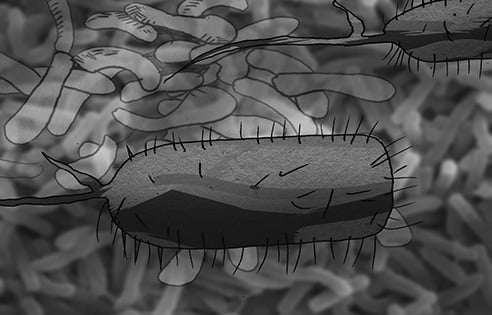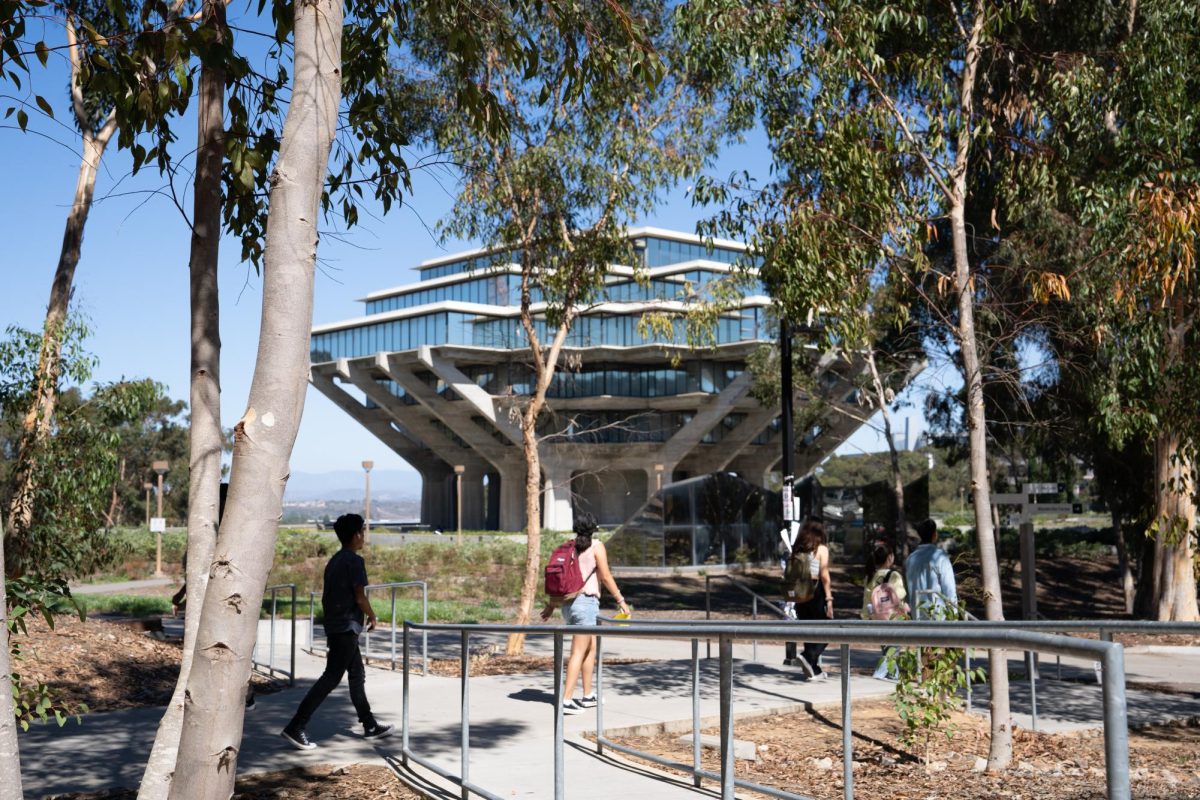UCSD researchers recently discovered mechanisms within the cholera toxin, sometimes known as CTX, that lead to severe diarrhea, introducing the possibility of new therapy developments to treat cholera.
A research team led by UCSD biology professor Ethan Bier used fruit flies and mice to study the cellular mechanisms of CTX that lead to diarrhea and may subsequently cause sudden, intense dehydration.
Bier’s laboratory collaborated closely with the laboratory of UCSD School of Medicine professor of pediatrics Dr. Victor Nizet. On Sept. 11, their findings were published in the “Cell Host & Microbe.”
“Cholera toxin disrupts trafficking of proteins to cell junctions that hold cells together or are responsible for cells communicating to one another,” Bier said. “We exposed human cells grown in culture as well as cells in the guts of living fruit flies and mice to CTX and examined its effects on transport of proteins to cell-cell junctions.”
By increasing the level of Rab11, a trafficking protein CTX usually attacks, the researchers were able to reverse the effects of CTX.
Bier’s laboratory had focused on anthrax toxins and realized that one of the anthrax toxins caused vascular endothelial cells — the cells lining blood vessels — to pull apart, resulting in leaky blood vessels. This lead to a discovery that a step in the transporting proteins to cell-cell junctions had been disrupted. Seeing similarities in intestines infected by cholera and the blood vessels, the Bier laboratory hypothesized CTX acted in a similar fashion.
“[In the future,] we are interested in asking whether other pathogens that cause diarrhea — including certain strains of E. coli, viruses, cryptosporidia — also decrease transport to cell junctions,” Bier said. “Another interesting question is whether stresses such as starvation or inflammation of the bowel also disrupt this process.”









